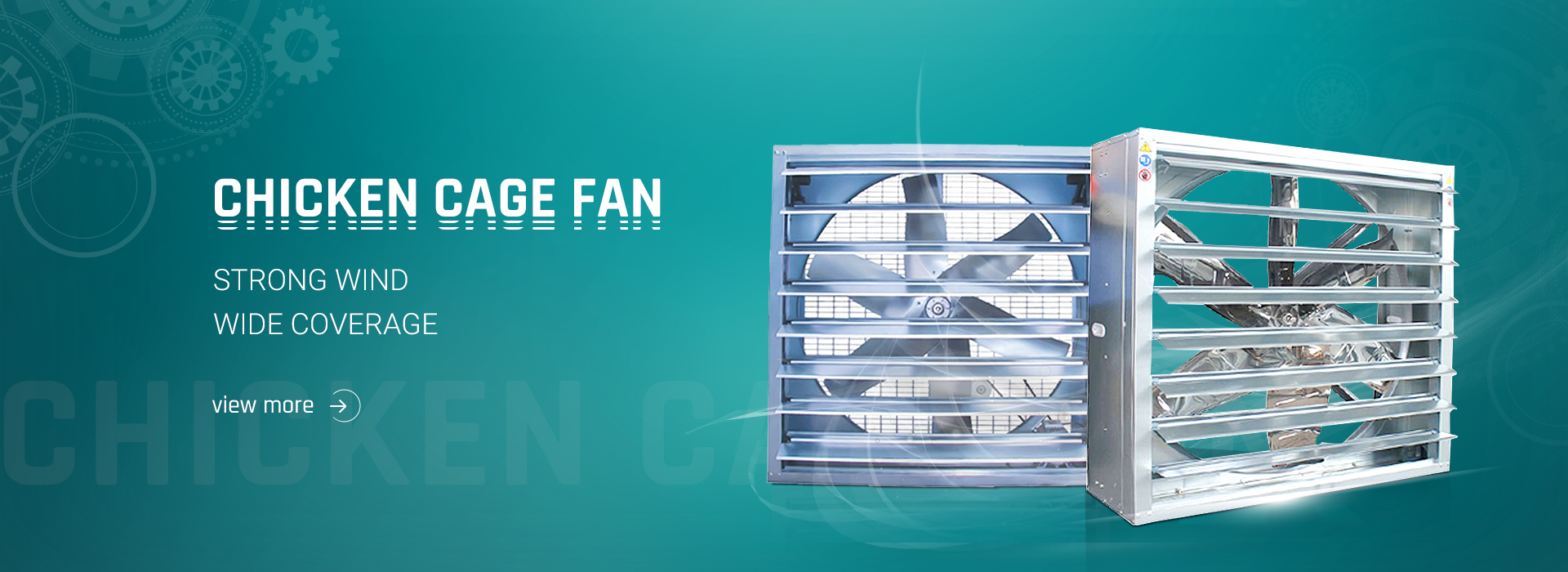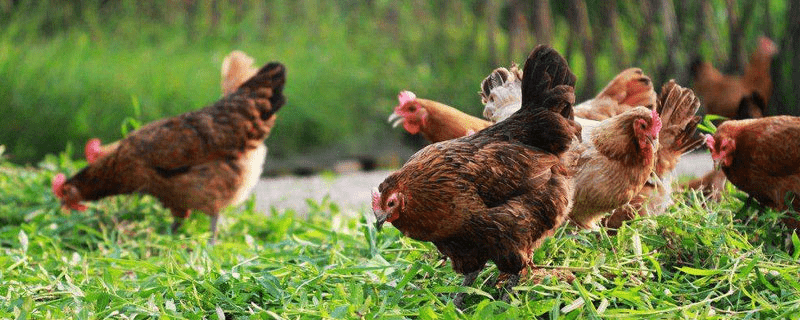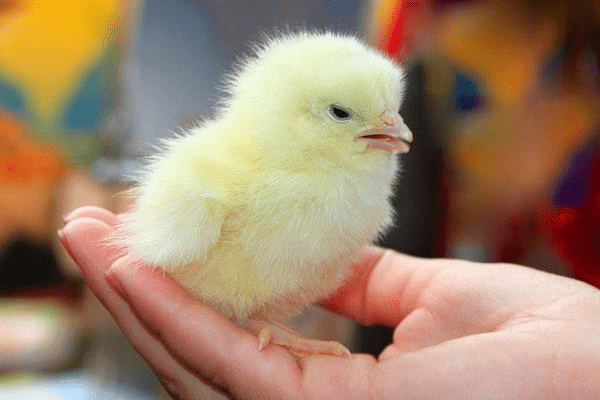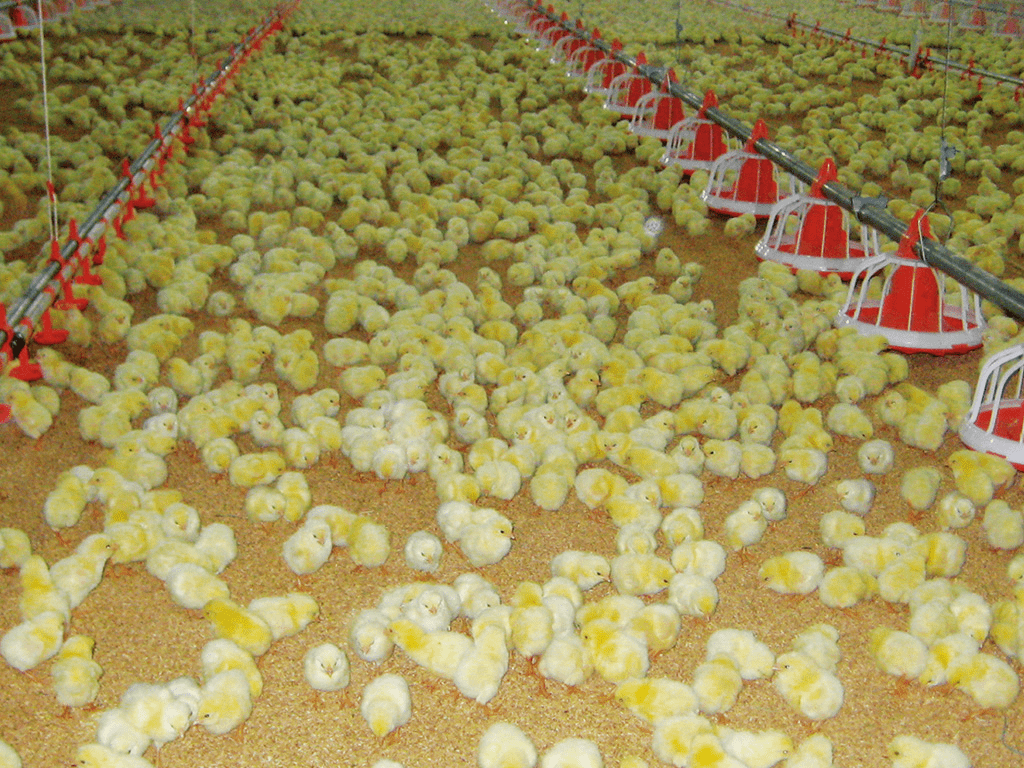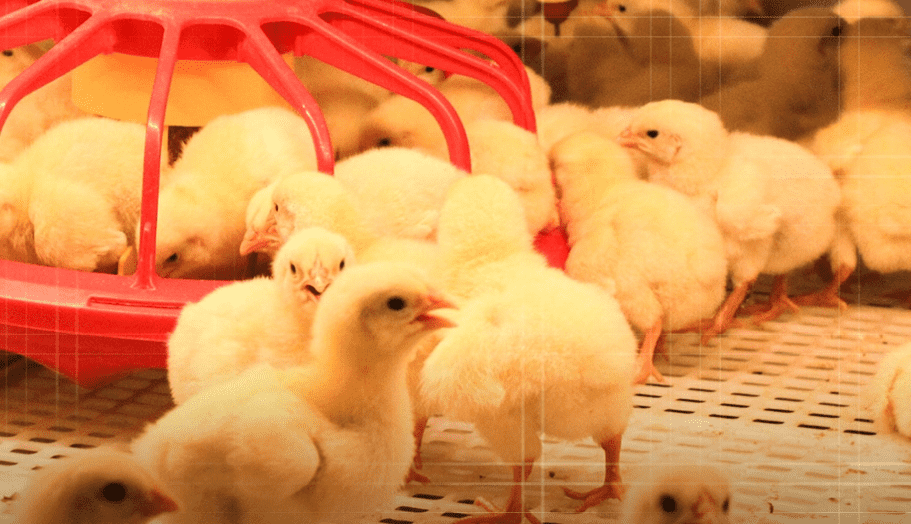The chicken coop can be built in a place with leeward wind, sufficient sunlight, convenient transportation, and convenient drainage and irrigation. The chicken coop should be equipped with food troughs, water tanks, and temperature control facilities. Feeding of chicks: The temperature should be adjusted according to the age of the chicks. Raising young chickens: Separate males and females, and control the daily feeding amount according to the age. Disease prevention and control: timely clean up the feces of the chicken house, and do a good job in the prevention and control of trichomoniasis and colibacillosis.
1. Select species and build houses
1. The choice of breed is usually native chickens, because native chickens have a large market demand, strong growth ability, and high disease resistance. After selecting the breed, start building the chicken coop. The chicken coop can be built in convenient transportation, leeward, and light. A place with sufficient and convenient drainage and irrigation.
2. A place with good conditions is not only conducive to the growth of chickens, but also convenient for later feeding and management. The chicken coop must have a rest room, and prepare feeding troughs, water tanks, and temperature control facilities to promote the healthy growth of chickens.
2. Feeding of chicks
1. The chicken’s chick stage is within 60 days after the shell is out. The physique of the chicken is relatively weak during this period, and the survival rate in the first 10 days is also low. The temperature requirements of the chicks are relatively high, so the temperature must be controlled first, generally The temperature requirements of chicks will change with the increase of age.
2. In the first 3 days, the temperature needs to be controlled at about 35°C, and then lowered by about 1°C every 3 days, until about 30 days, control the temperature at about 25°C, and then strengthen the management of the chicks, according to Plan the breeding density for the day age, and maintain day and night light within 30 days. After 30 days, the daily light time can be appropriately reduced.
3. young chicken breeding
1. The young age is a stage where chickens grow faster. During this period, within 90 days after the brooding period, generally 120 days, the body shape can gradually approach adult chickens, and young chickens need to be fed in the chicken house. , At this time, prepare a water trough in the chicken house, and then make a sloped roof on the top of the house to avoid rain and water leakage.
2. When feeding young chickens, males and females should be reared separately to avoid the phenomenon of weak meat and strong food, and grasp the daily feeding amount according to the age. Usually 60-90 days old chickens need to be fed about 3 times a day. Then after 90 days, the feeding amount can be reduced once. If it is a breeder, then the feeding amount should not be too much each time, so as not to eat too much, which delays the laying period and affects the laying rate.
4.. Prevention and treatment of diseases
1. The common diseases of native chickens mainly include trichomoniasis, colibacillosis, etc. These diseases are relatively harmful to the growth of the chickens, and will reduce the survival rate of the chickens and affect the profitability of breeding. Hygiene work, clean up chicken manure every day.
2. Strengthen breeding management, disinfect the chicken house regularly, and do a good job of ventilation. During the breeding process, pay attention to not feeding spoiled feed and drinking water. When breeding, plan the breeding density and frequently observe the growth of chickens. When the situation is abnormal, it must be isolated in time, and then check the specific situation, and then treat the symptoms.
Post time: Nov-04-2021



